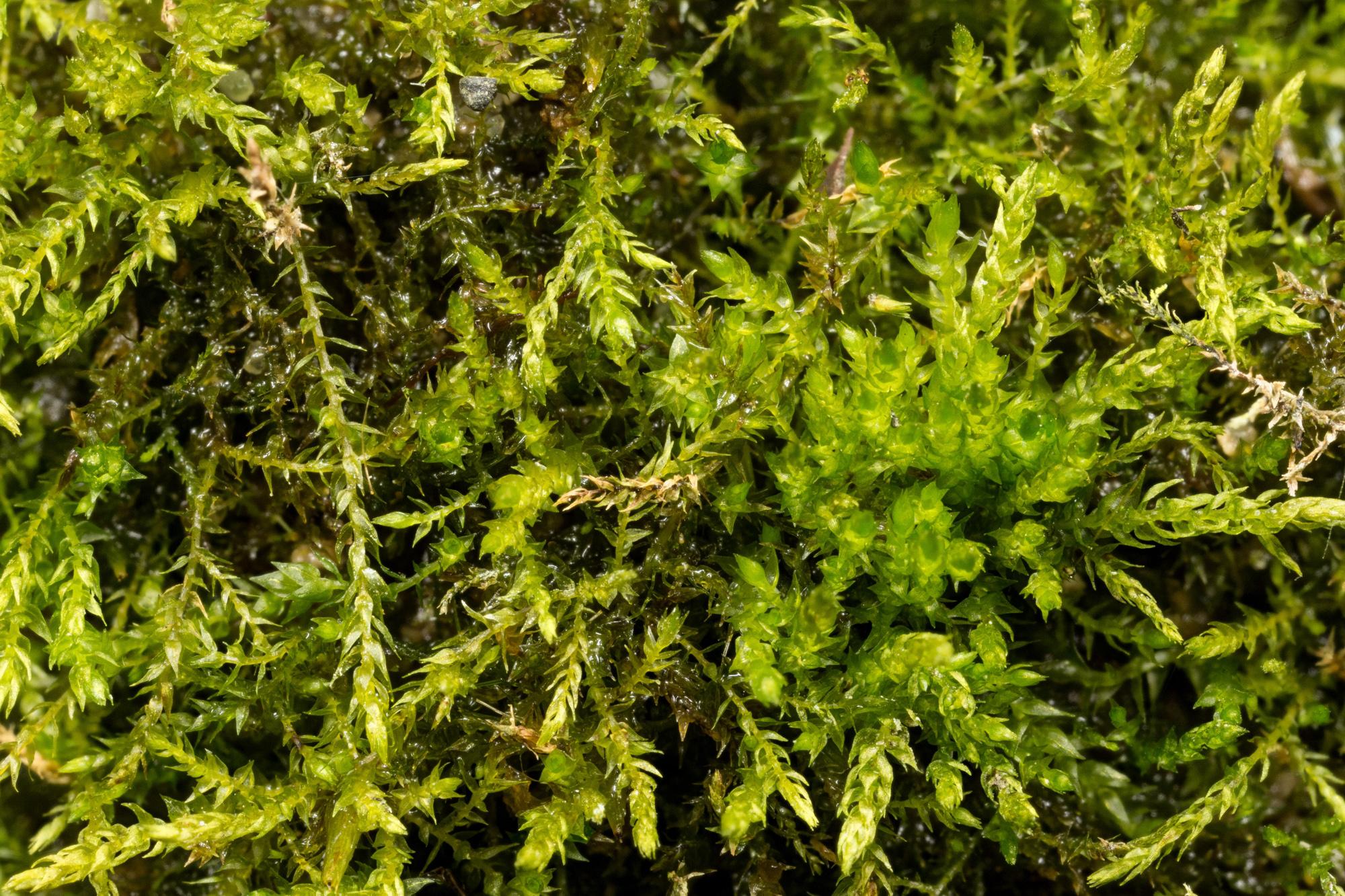
Amblystegium-varium.jpg from: https://ohiomosslichen.org/moss-amblystegium-varium/
Amblystegium schensianum: The Unassuming Moss with a Global Reach
Introduction
When it comes to the world of bryophytes, Amblystegium schensianum Müll.Hal. is a name that may not ring a bell for many. However, this unassuming moss species, belonging to the Amblystegiaceae family, has a fascinating story to tell. In this blog post, we’ll dive into the details of A. schensianum, exploring its morphology, global distribution, ecological roles, and adaptations that make it a unique member of the Bryophyta division.
Background
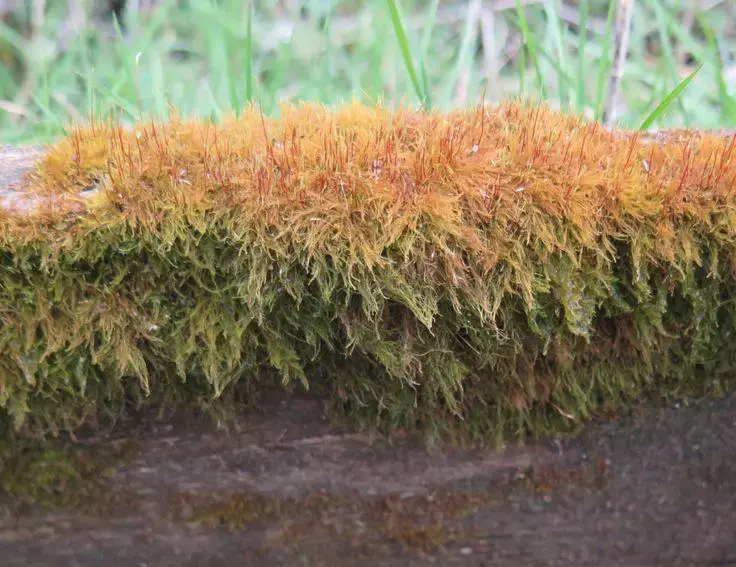
fdb0e7ac169ece8bc0395e5316a3adf8.jpg from: https://www.pinterest.co.uk/pin/amblystegium-serpens–2533343524237696/
Amblystegium schensianum was first described by German botanist Carl Müller in 1896. The species epithet “schensianum” refers to the Shensi province in China, where the type specimen was collected. As a member of the Amblystegiaceae family, A. schensianum shares characteristics with other genera such as Hygroamblystegium, Drepanocladus, and Campylium.
Morphology and Identification
A. schensianum is a small to medium-sized pleurocarpous moss, meaning its sporophytes grow laterally from the stem. The stems are irregularly branched and can reach lengths of up to 5 cm. The leaves are ovate to ovate-lanceolate, with a short, double costa extending to about 1/3 of the leaf length. The leaf margins are entire or slightly serrulate near the apex.
One of the distinguishing features of A. schensianum is its relatively small, ovoid to ellipsoid capsules, which are borne on smooth setae. The peristome is double, with 16 teeth in each row. Spores are small, measuring 10-14 μm in diameter.
Global Distribution and Habitat
A. schensianum has a wide global distribution, with records from Asia, Europe, North America, and South America. In Asia, it has been reported from China, Japan, Korea, and the Russian Far East. European records include Germany, Poland, and the Czech Republic. In North America, it occurs in the United States and Canada, while in South America, it has been found in Argentina and Chile.
This moss species is known to inhabit a variety of substrates, including soil, rocks, and tree bases in
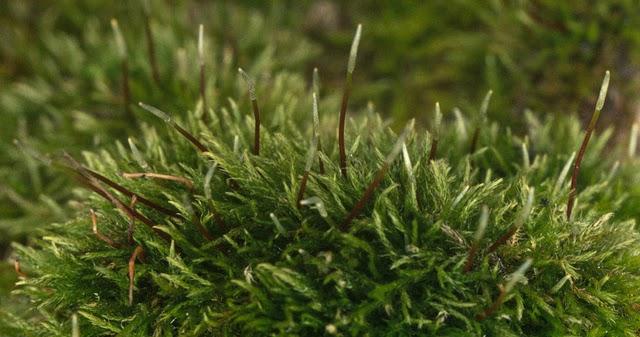
Amblystegium%2Bserpens.jpg from: http://taxondiversity.fieldofscience.com/2018/01/amblystegium.html
forests, grasslands, and wetlands. It can be found at elevations ranging from sea level to montane regions.
Ecological Roles and Adaptations
Like many bryophytes, A. schensianum plays important ecological roles in its habitats. As a primary producer, it contributes to the base of the food web and helps in nutrient cycling. Its ability to retain moisture and stabilize soil surfaces also aids in preventing erosion and maintaining ecosystem stability.
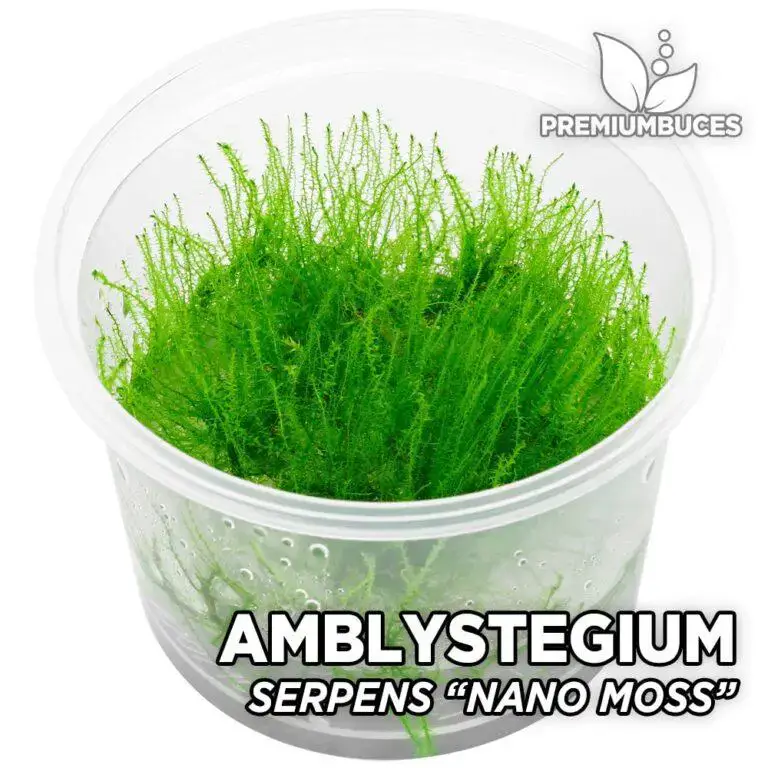
amblystegium-serpens-768×768.jpg from: https://www.premiumbuces.com/en/amblystegium-serpens-nano-moss/
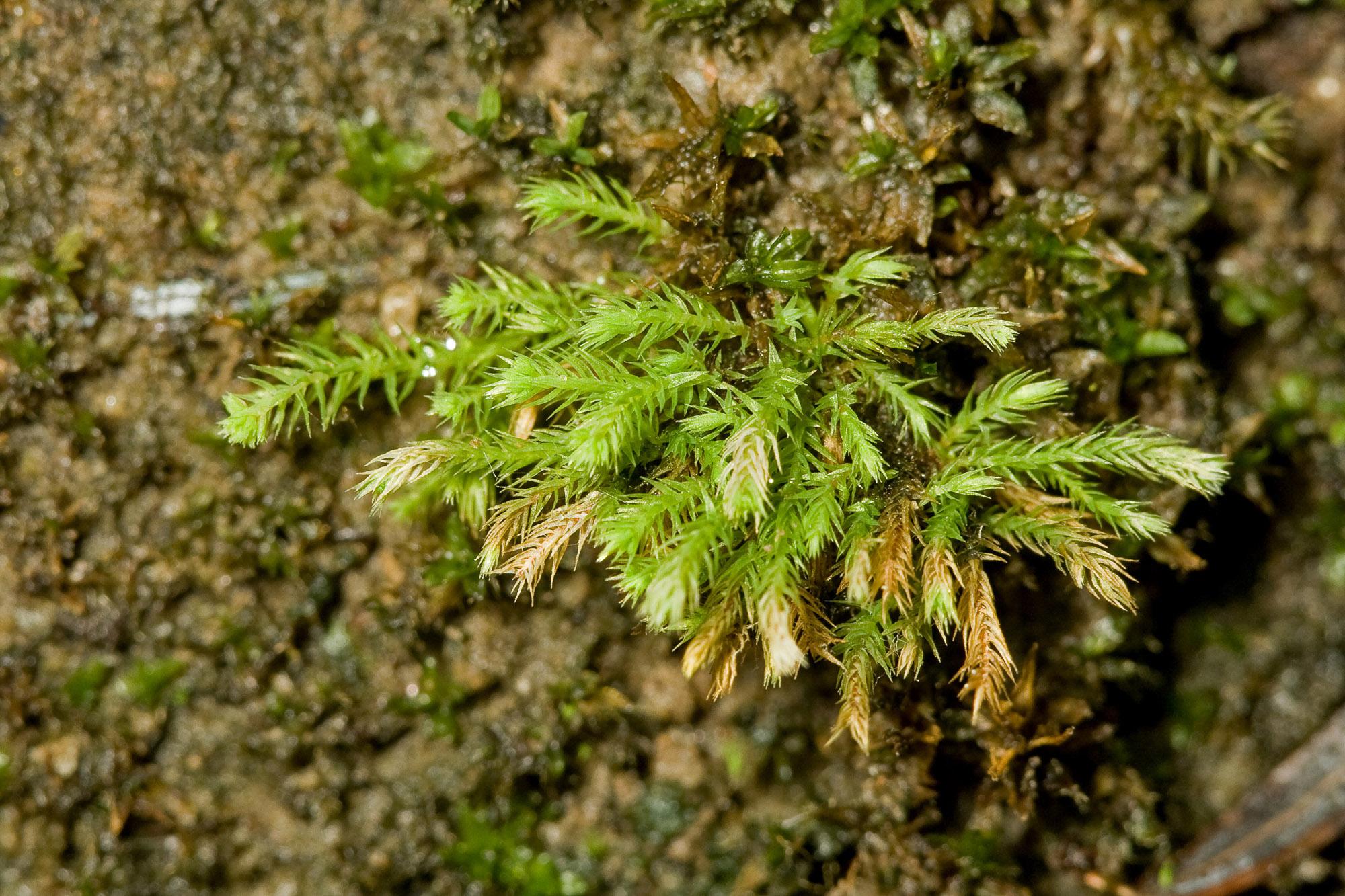
Philonotus-marchica.jpg from: https://ohiomosslichen.org/amblystegium-varium-10/
A. schensianum exhibits several adaptations that enable it to thrive in diverse environments. Its small size and compact growth form allow it to colonize small crevices and cracks in rocks and tree bark. The moss’s ability to tolerate periods of desiccation is another key adaptation, enabling it to survive in areas with fluctuating moisture availability.

amblystegiaceae-amblystegium-serpens.jpg from: https://www.aquaportail.com/genre-amblystegium-618.html
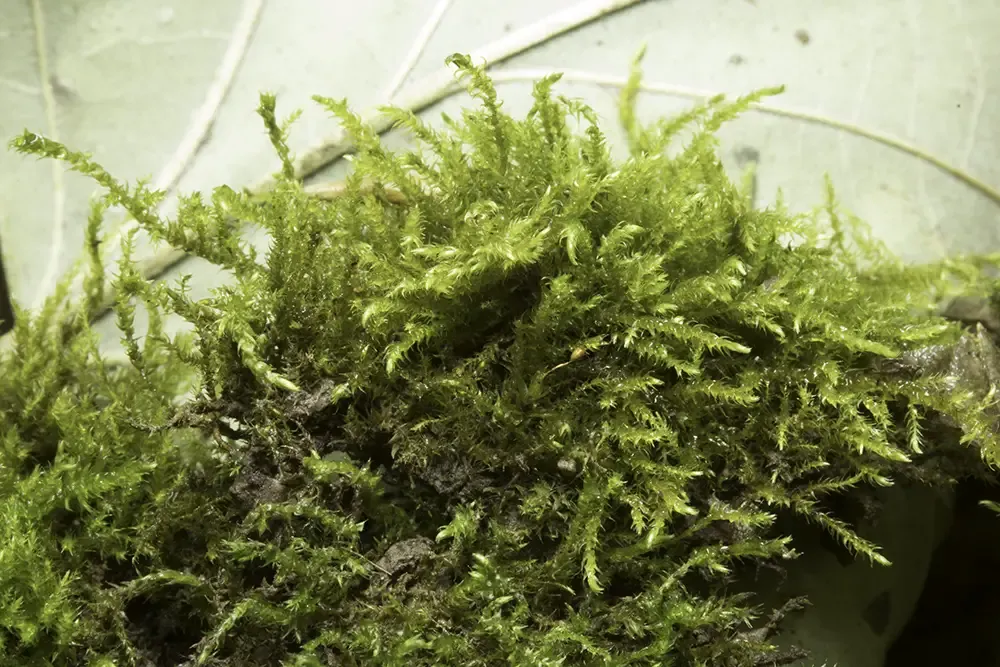
11dfd7fc1e0808e11eb3a06693dc9c12.jpg from: https://www.asturnatura.com/fotografia/flora/amblystegium-serpens/35794.html
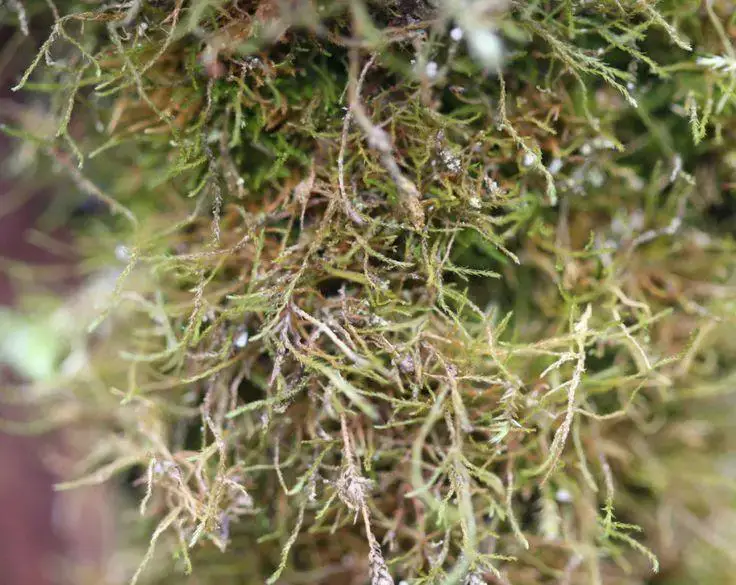
d54f14d5c7277af490439714e13e0ea7.jpg from: https://www.pinterest.com/pin/441493569714021556/
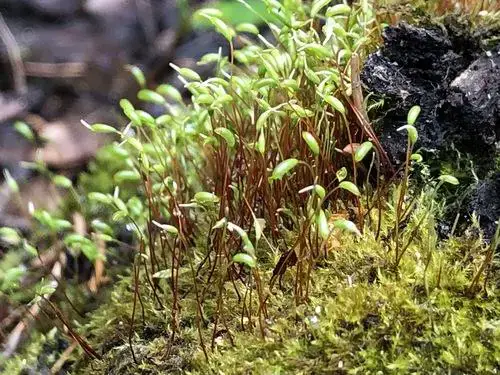
medium.jpeg from: https://www.trustalchemy.com/yitcommonq/index.php?keyword=Aquatic-Nano-Feather-970136
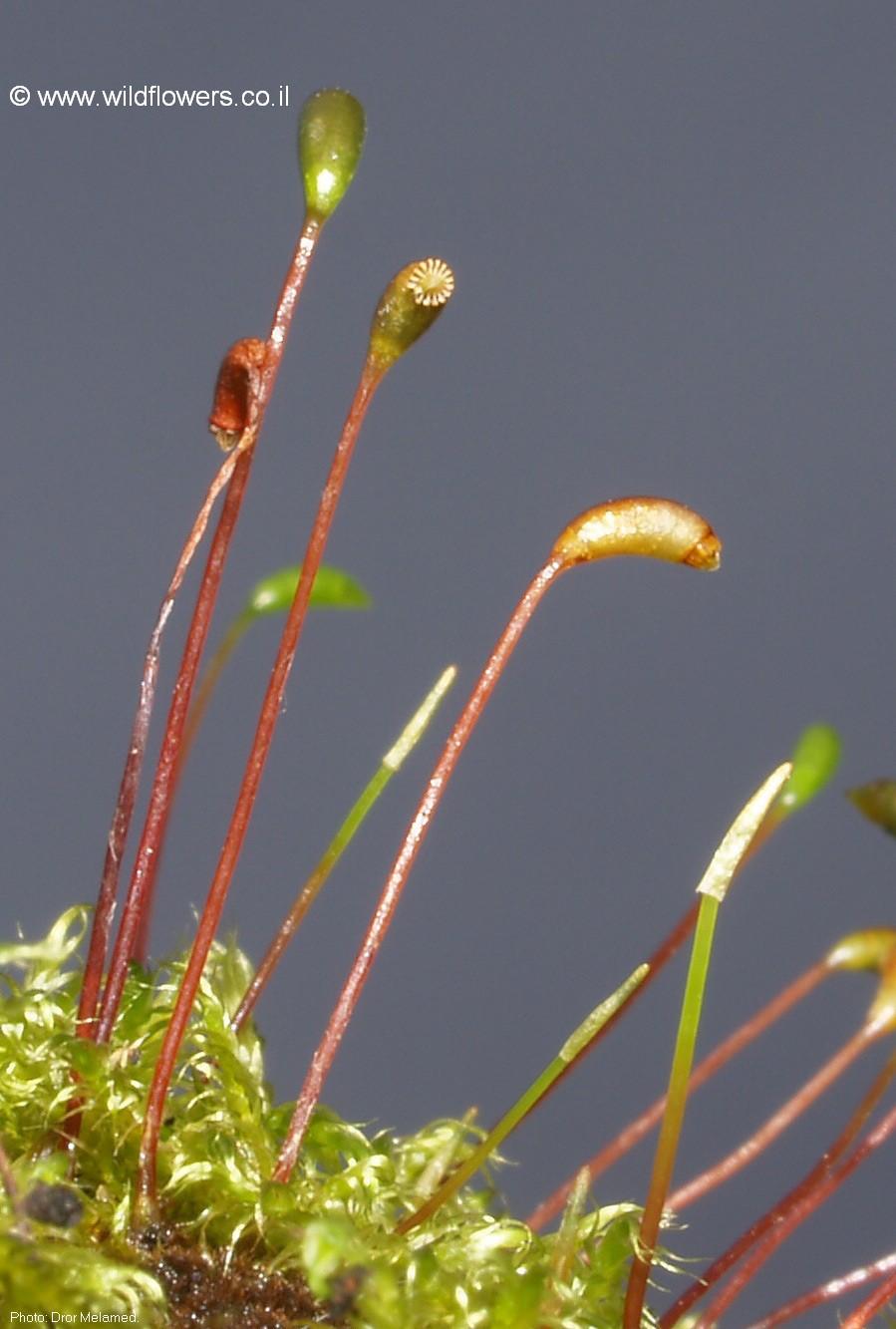
3174-l-4.jpg from: https://www.wildflowers.co.il/hebrew/picture.asp?ID=18327
| Characteristic | Description |
|---|---|
| Division | Bryophyta |
| Class | Bryopsida |
| Family | Amblystegiaceae |
| Genus | Amblystegium |
| Species | A. schensianum |
| Stem length | Up to 5 cm |
| Leaf shape | Ovate to ovate-lanceolate |
| Costa | Short, double, extending to 1/3 of leaf length |
| Capsule shape | Ovoid to ellipsoid |
| Spore size | 10-14 μm in diameter |
Conclusion
Amblystegium schensianum Müll.Hal., though often overlooked, is a remarkable moss species with a global distribution and significant ecological roles. Its adaptations and morphological features make it well-suited to inhabit a wide range of environments, from forests to wetlands. As we continue to study and appreciate the diversity of bryophytes, species like A. schensianum remind us of the hidden wonders that lie within the world of mosses. The next time you find yourself in nature, take a closer look—you might just spot this unassuming yet fascinating moss right beneath your feet.